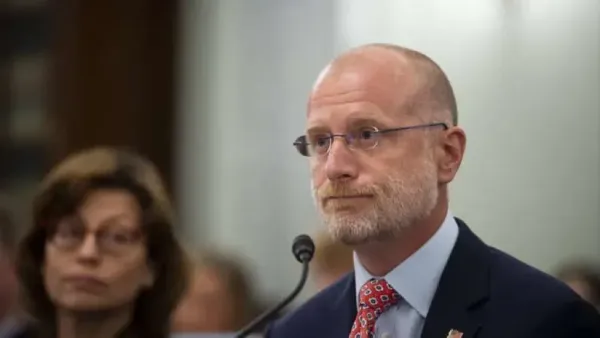Making Life Easier By Mapping Stories on the Web, Say Panelists
June 17 – During the opening sessions of Tuesday’s “Beyond Broadcast” conference, panelists took the “Mapping Public Media” conference title literally, and showcased a number of Web sites doing cool things with interactive maps.
WASHINGTON, June 17 – During the opening sessions of Tuesday’s “Beyond Broadcast” conference here at American University, panelists took the “Mapping Public Media” conference title literally, and showcased a number of Web sites doing cool things with mapping technologies.
Telling stories through plotting data on maps has become both popular and useful to the news-consuming public, these panelists said.
For Lee Banville, editor-in-chief of Online NewsHour on PBS, the program’s online maps takes the best content in public broadcasting and make it available in one place. The maps is like a giant widget, or a computer program that can be placed on any Web site: “maps can be accessed anywhere…. It’s not all about demographics only,” he said.
Banville also said that the NewsHour is attempting to make state-focused versions of the widget. Doing so would allow a person from Washington to have filtered information mostly from Washington, but still be able to access news from other states .
Anthony Hamelle, vice president of Réseaux, Territoires et Géographie de l’Information (RTSI), has a background as a cartographer. He displayed a well-organized map physically linking a great deal of Web sites, including many media sites.
An official for another organization, Stamen Design, co-creators of Digg Labs, said that Stamen created maps that can be used for the good of others. The Oakland version of its Crimespotting Web site marks, in real time, crimes committed in the city. Citizens can post reports of crimes themselves. This is a way of allowing citizens to tell their own stories through interactive maps, the official said.









Member discussion